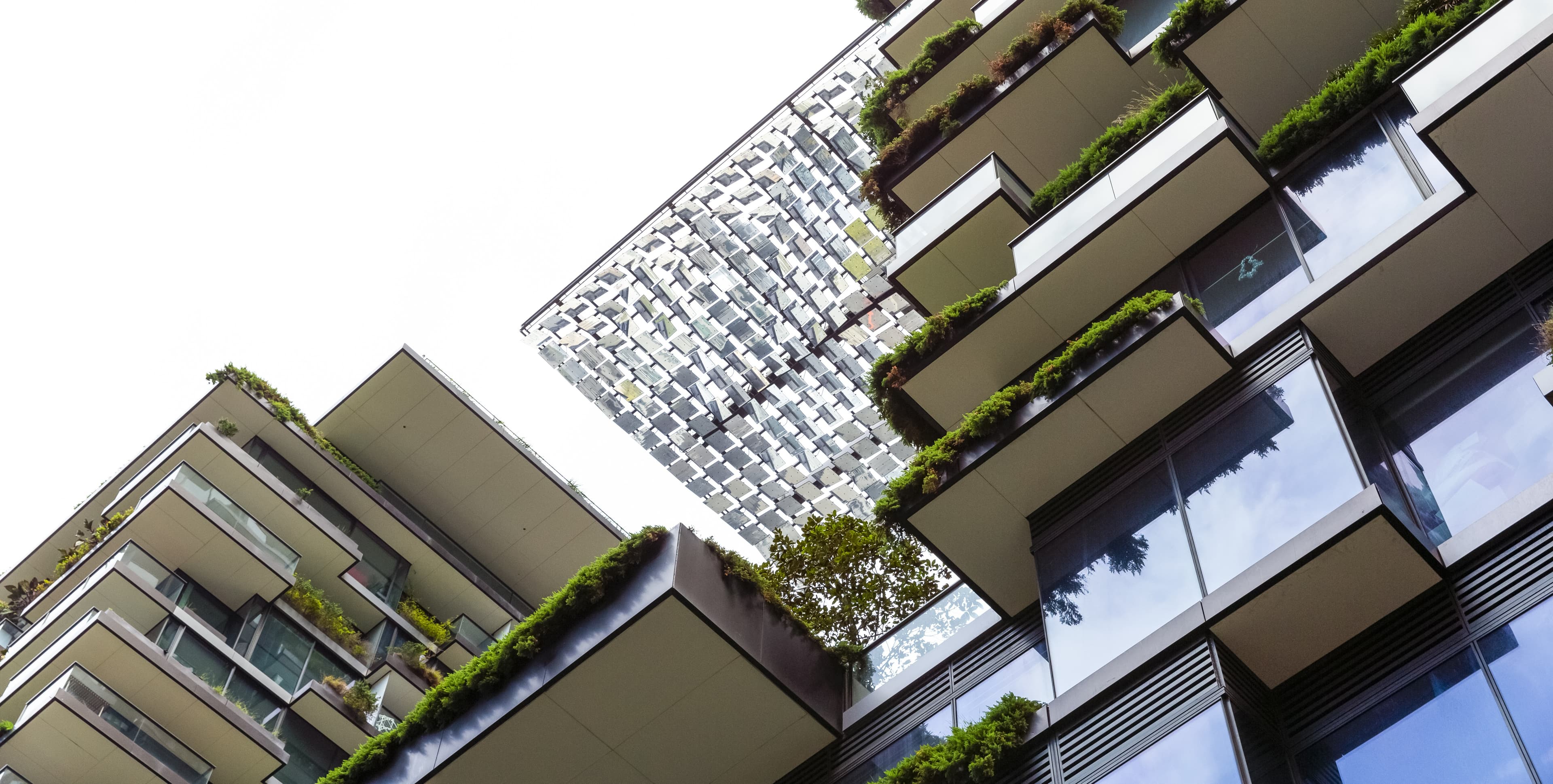Navigating the evolution of Australia's hotel sector - Balancing budget and brand for long-term success
Remaining agile in the face of evolving consumer needs and trends is the key to future success across Australia’s hotel sector.

Key highlights
Sharon Yap, Cost Management Director and National Hotel Sector Lead in Altus Group’s Development Advisory team, shares key insights from this year’s Urban Developer Hotel Summit
Remaining agile in the face of evolving consumer needs and trends is the key to future success; these innovations are shaping long-term strategies that redefine what it means to stay in a hotel
Though luxury hotels are leading the way when it comes to yield for potential investors, the hotel sector is ripe with opportunities for all segments of travel, regardless of income
With occupancy patterns indicating a potential opportunity for growth in midweek demand, it’s increasingly important for hotels to anticipate the differing needs of business versus leisure travellers
A rise in serviced apartments caters to a segment of travellers who seek the comforts and conveniences of home, combined with the luxury services of a hotel
Early Contractor Involvement (ECI) is a vital strategy in overcoming construction challenges, such as rising construction costs
Although the independent sector remains dominant, there is a growing preference for branded hotels over independents Australia-wide, with an overall supply growth of 2% in franchise and chain-managed properties
By integrating local suppliers and artists, operators and investors can provide culturally enriching and eco-friendly experiences for guests while contributing to carbon emissions reductions, lessening their environmental impact, and fuelling the local economy
The resilience and uptick of the hotel sector
In an era characterised by unprecedented global disruption, the resurgence of Australia's hotel sector reveals a landscape defined by evolving trends, pressing challenges and emergent opportunities. Surpassing pre-pandemic performance levels, the hotel sector has emerged as one of the most promising avenues for investment Australia-wide.
Faced with its share of challenges during the pandemic, the Australian hotel sector has shown more resilience compared to other types of commercial real estate (CRE), like office and retail spaces, both in terms of occupancy and average daily rate (ADR). With approximately 9,000 new rooms expected to open this year, the resilience of hotel yields is drawing investors, with markets expected to remain strong throughout 2024.
Innovative strategies for a changing world
Remaining agile in the face of evolving consumer needs and trends is the key to future success. These innovations are not just stopgap measures; they are shaping long-term strategies that redefine what it means to stay in a hotel.
There has also been a surge in demand for wellness amenities, and consumers increasingly look towards increased states of health and fitness as part of the post-pandemic landscape. Similarly, the inclusion of pet-friendly policies and amenities is part of an emerging trend, as hotel operators seek to accommodate the rising number of pet owners across Australia.
Though luxury hotels are leading the way when it comes to yield for potential investors, the hotel sector is ripe with opportunities for all segments of travel, regardless of income. Operators will need to find creative ways to offer a brand that is economically viable to different communities. This could be in the form of a sub-brand, which would create opportunities to capture a large gap in the market, like young people eager to mingle, instead of focusing solely on family and retirement travellers.
Adapting to the needs of business vs leisure travellers
With occupancy patterns indicating a potential opportunity for growth in midweek demand, we are reminded of the importance of anticipating the differing needs of business versus leisure travellers.
Design and hotel requirements differ on a state-by-state basis. In states where business travel is more prevalent, like New South Wales and Victoria, hotels tend to offer smaller rooms with state-of-the-art technology. Conversely, in states like Western Australia, hotel rooms are often designed with more space and leisure amenities.
A rise in staycation offerings caters to locals seeking a getaway experience without the hassle of long-distance travel or flights. Born during the era of travel restrictions, staycations have emerged as a new market segment, with hotels now creating packages that offer everything from luxury spa experiences to family-friendly activities. These packages often include partnerships with local food and beverage suppliers, contributing to a robust domestic tourism industry.
The rise of serviced apartments
Recognising the challenge posed by short-stay accommodations like Airbnb, the role of hotel operators thinking inventively to reclaim their share of the market is increasingly important. A rise in serviced apartments caters to a segment of travellers who seek the comforts and conveniences of home, combined with the luxury services of a hotel.
These accommodations are particularly appealing to families and long-stay business travellers who appreciate the ability to cook their meals and wash their clothes while still enjoying housekeeping services and other hotel amenities. Ultimately, this trend reflects a broader shift in consumer preferences towards more personalised and flexible accommodation options.
Location considerations and competition
Australia as a global destination
International arrivals fuelled a hike in ADR during 2023, to balance escalating operational costs. At the same time, demand-based pricing strategies have helped operators adapt to inflation and benefit from the variable travel patterns of individual business and leisure travellers, who are more flexible in daily rates compared to large corporate groups.
While Australia remains an attractive destination for global travellers, research shows that airline capacity is still lagging due to a lack of staff and aircraft, forecasting that total international tourism arrivals should reach pre-pandemic levels by the end of 2024.
Unlike a one-size-fits-all approach, Australian hotels are tailored to reflect the local ethos, ranging from the urban sophistication of Sydney to the laid-back charm of Perth. This localisation extends beyond aesthetics, influencing the type of services and amenities offered. For instance, hotels in wine-rich regions like Adelaide may focus on gourmet experiences that showcase local produce, while those in business hubs provide facilities, like meeting rooms and advanced technologies, geared towards corporate clients.
Understanding market dynamics is fundamental to the viability of a hotel developments. Proper market research will allow operators to provide tailored offerings to guests. For example, hotels in scenic regions often operate with a cap on room numbers to provide a more bespoke, resort-like experience whereas business hubs might offer smaller rooms centred around convenience.
Navigating rising construction costs
The escalating cost of construction is one of the major challenges confronting the Australian hotel sector. These costs impact the feasibility of new hotel projects and renovations, influencing decisions from the drawing board to completion. In a market where both aesthetics and functionality are crucial, finding ways to manage costs without compromising on quality or brand is key.
There are many models to engage a builder to bring a project from conception to operation. There are many models to engage a builder to bring a project from conception to operation. Most of the time, investors provide a fixed lump sum, but this process as traditional and outdated. With the current rising costs in construction, from materials to production costs, a fixed sum often does not stack up to the final cost, resulting in projects at risk of insolvency.
The role of Early Contractor Involvement (ECI)
Early Contractor Involvement (ECI) is a vital strategy in overcoming construction challenges. By involving contractors at the design stage, potential issues can be identified and addressed early, avoiding costly changes and delays later in the project.
Creating a collaborative environment that includes designers, contractors and hotel owners ensures that all parties are in alignment with the project’s goals. This teamwork makes certain that all aspects of the hotel, from conceptual design to practical implementation, are cohesive and meet budget expectations, leading to a successful end project.
The balance between budget and brand expectations
Although the independent sector remains dominant, there is a growing preference for branded hotels over independents Australia-wide, with an overall supply growth of 2% in franchise and chain-managed properties. Franchise growth is notable in primary cities and luxury markets, with third-party operators helping to bridge the demand gap for branded hotels. The importance of big brands in a city is the roll-on effect of market confidence that investors in complementary industries see in a place, while creating a landmark for local communities.
The role of design and amenities
There is a growing preference for minimalist, clean-cut designs that offer a sense of space and tranquillity. We are also seeing a notable shift towards smart rooms equipped with technology that allows for a more personalised and convenient guest experience, including features such as app-controlled room settings and automated charging stations.
As furniture, fixtures, and equipment (FF&E) typically represent a substantial portion of a developer’s overall project cost, maintaining a delicate balance between budget constraints and brand expectations is critical. This involves strategic value engineering, where alternative materials or methods are employed to achieve the desired result at a lower cost. It is about making smart choices that align with the brand's identity and guest expectations, ensuring that the end product resonates with both.
This process creates a supply chain opportunity for local market offerings. By integrating local suppliers and artists, operators and investors can provide culturally enriching and eco-friendly experiences for guests while contributing to carbon emissions reductions, lessening their environmental impact, and fuelling the local economy.
Future opportunities for the Australian market
Although Australia has seen a rising demand for hotel investment, the market is under pressure due to the current supply shortage, combined with a lack of skilled workers to service the projects at all stages of development. To this effect, skilled migration and government incentives can go a long way in empowering the industry.
Investments in hotels are significant and the payback period is long, but the future is bright. Hotels create a lot of job opportunities, from full-time work to event contracts and catering, extending the investment beyond the physical building, into the local community.
Want to be notified of our new and relevant CRE content, articles and events?
Author

Sharon Yap
Director, Cost and Development Advisory
Author

Sharon Yap
Director, Cost and Development Advisory
Resources
Latest insights





Jan 9, 2025
Building the future - Key trends shaping Australia’s construction industry in 2025

